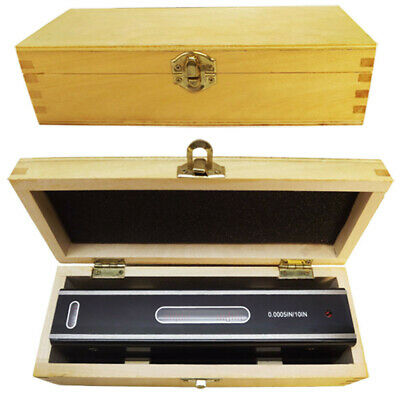-40%
LEICA Wild Heerbrugg N3 Precision Level Telescope (Non-calibrated) Swiss Optics
$ 818.4
- Description
- Size Guide
Description
Leica Wild HeerbruggN3
with build in plan-parallel micrometer 1940 to 1972
Outstanding Swiss optics and craftsmanship, suitable for all first order leveling work
the "old-style" Wild N3 is one of the most popular precise (tilting) levels ever.
Built-in (internal) parallel plate micrometer graduated in metric (to .001 inch)
Horizontal reticle "wedge" facilitates precise target alignment
Control level vial with 10" sensitivity is viewed with split-bubble type mirror for the ultimate in leveling accuracy
This instrument is in good cosmetic condition, please see pictures for best understanding the physical condition of the unit, as
I don't have the required knowledge and tools to test it, that's why I'm offering the unit in AS IS condition.
please note unit is uncalibrated, n
o extra accessories or case included.
From: wild-heerbrugg website;
The Wild N3 Precision Level
is an outstanding instrument for all first order leveling work.
Designed originally for geodetic networks it has been adopted universally as the ideal level for the precise measurement required in dam deformation surveys, industrial installations, aircraft fuselage assemblies and vertical displacement determinations.
The plane parallel plate micrometer is mounted in front of the objective lens as a built-in feature of the N3 and is available in metric and non-metric models, giving reliable and simple estimation to 0.01 mm and 0.0005 inch, respectively.
The reticule has part of its-horizontal line in the form of two wedge-shaped lines, converging towards the center allowing the staff graduation to be split or straddled, depending on the circumstances and on which part of the cross-hair is used.
Collimation errors are corrected by means of a rotation of the objective lens cover glass which enables an exceptionally sensitive, but simple, adjustment to be made.
Interchangeable eyepieces provide the possibility of observing with either an inverted or an upright image.












